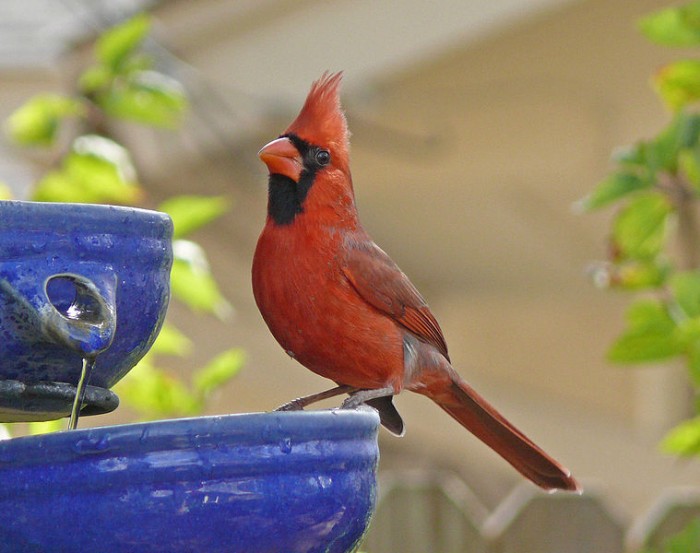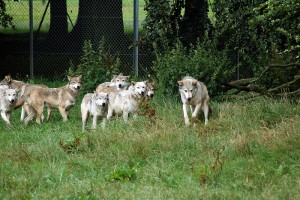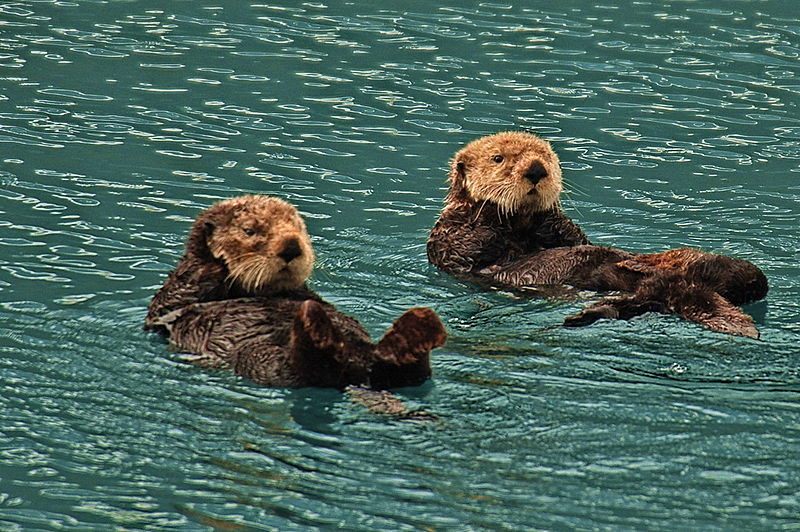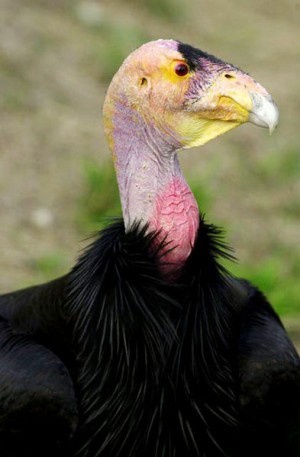American Birds
There is a well-established conservation movement made up of millions of ordinary Americans who say these natural wonders are an indispensable part of the nation’s heritage.
 Image: By Texaslorarend (Flickr) [CC-BY-2.0 (http://creativecommons.org/licenses/by/2.0)], via Wikimedia Commons
Image: By Texaslorarend (Flickr) [CC-BY-2.0 (http://creativecommons.org/licenses/by/2.0)], via Wikimedia Commons Everybody knows the United States of America is big. It practically invented the word. And American wildlife tends to raise images in the mind of majestic, imperious bald eagles soaring over snowy peaks and vast forests, huge grizzly bears or, in the deep South, endless alligator-infested swamps rich in wetland bird life. These places exist still: even in a country where protecting the environment seems to have slipped down the political agenda, there are real wilderness experiences to be had. There is a well-established conservation movement made up of millions of ordinary Americans who say these natural wonders are an indispensable part of the nation’s heritage.
Garden bird feeding is popular
Yet there’s a more comforting, homely side to American wildlife that we domesticated Europeans would recognize. Garden bird feeding is popular, especially in more suburban areas such as eastern Maryland, where I’m lucky enough to spend about four weeks every year. Some of the birds I see are strangely familiar too. American ‘robins’ hop across neighbourhood lawns hunting worms, looking for all the world like a red-breasted version of our blackbirds. Downy and hairy woodpeckers frequent peanut feeders and fat balls like miniature greater spotteds, whilst colourful yellow-shafted flickers feed on ants at the lawn’s edge. They’re part of the genus Colaptes, unique to the Americas, yet in behaviour and ecology they are awfully like green woodpeckers. It’s a living evolutionary textbook: imagining the ancestral bird forms which may lurk somewhere in the lineage of both these and our own European birds, or, even more remarkably, trying to fathom the process of convergent evolution by which they could have become so similar quite independently.
Being amongst not-quite-familiar birds, as well as some totally new to me (alas, our gardens don’t boast anything quite as bright and Christmassy as the scarlet cardinal), makes me a better birder too. There’s nothing quite like being plucked out of your ornithological comfort zone and deposited onto a different continent with almost wholly different species. I’m sure it helps keep my awareness sharp when I’m birding at home: I’m reminded to look carefully at every bird for salient ID features I might otherwise overlook through complacency. If you too are lucky enough to go abroad this Christmas, especially to another ‘ecozone’, make sure those new experiences improve your skills and understanding of wildlife too and the trip will keep giving long after you get back.





No comments yet.